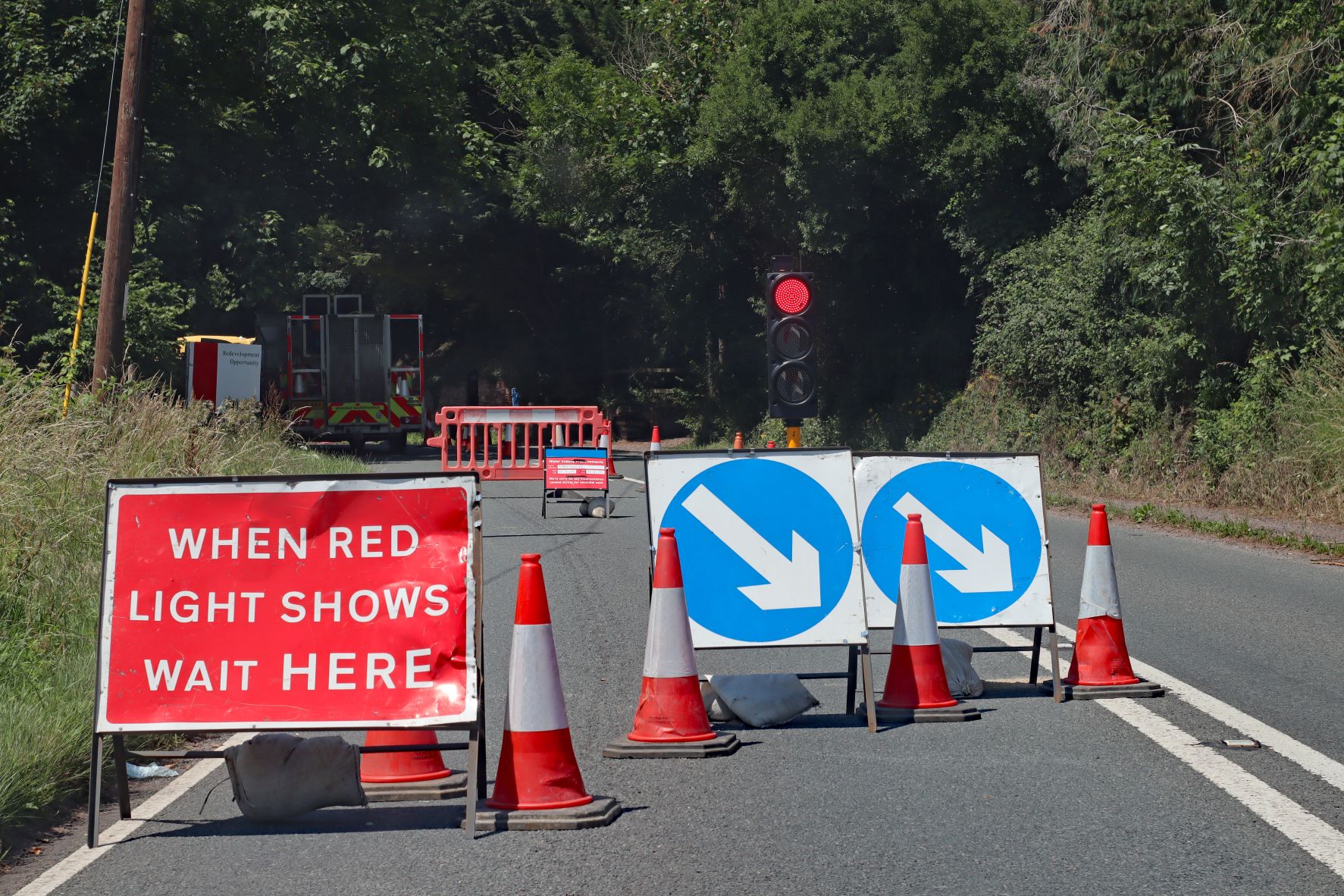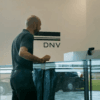
Road Safety Week is Brake’s biggest annual road safety campaign. Brake is a road safety charity working to build a world with zero road deaths and serious injuries.
Every year, thousands of schools, organisations, and communities share a new campaign slogan, this year it is ‘Safe roads for all’ promoting everyone’s right to make safe and healthy journeys on safe roads, whilst raising funds to help Brake care for more road victims and campaign for safe roads for everyone.
Road deaths and serious injuries in the UK, in 2021:
- An average of 5 people were killed every day.
- Every 16 minutes someone was killed or seriously injured.
- In total 1,558 people were killed and 23,363 were seriously injured.
Take extra care whilst travelling:
In the spirit of Road Safety Week, we are providing tips on often overlooked road safety issues and how to stay safe when travelling on the roads.
Slow down around schools and in residential areas.
Children’s awareness and judgement of how fast cars are moving is much lower than the average adult’s. Children are more easily distracted and are more likely to do things such as dashing into the road after a ball. Drivers can reduce the risk of serious injury by driving more slowly when children are, or may be, about. Remember that speed limits are a maximum, not a target, and in built-up areas, ’20 is often plenty’, whether it is the limit or not.
Seat belts are a must.
As the driver, it’s your duty to ensure all passengers are wearing their seat belts. Passengers over 14 are responsible for their own seat belts but it is you as the driver who will be stopped. Securing passengers isn’t the only thing to keep in mind: loose items can become projectiles in a crash, so keep your car tidy and store bags or tools in the boot.
Running red lights.
We have all seen motorists rush to cross a junction on an amber light or even proceed regardless of a red light. Traffic lights are there for all our safety and you could face prosecution resulting in a maximum fine of £1000 and 6 penalty points. Remember, it’s an offence for any part of your vehicle to be over the white line if the light is red. When approaching traffic lights, if they have been green for some time, plan for them to change and be ready to stop.
Keep to the speed limit.
Exceeding the speed limit makes little difference to your arrival time. The time it takes to complete a journey is determined much more by your average speed, rather than the maximum speed you achieve for part of it.
Rushing from junction to junction or hold up to hold up is often counterproductive. Why hurry up to wait? A 50-mile journey at 80mph will save you at most six minutes when compared to travelling the same distance at 70mph. Is it worth the stress and the extra fuel?
Avoid Distractions.
Distractions can come in many forms. We’re all aware of the obvious ones like mobile phones, but other distractions can be subtle, difficult to recognise, and can quickly impair drivers’ ability to properly respond to hazards.
Prepare yourself before every journey, switch off or connect your phone to hands-free before you leave and minimise other distractions. For example, ensure that children are kept entertained in the back allowing you to concentrate fully on your driving skills.
Be careful with sun glare.
Dazzle from the low sun is a factor in more crashes than dazzle from headlights. Ensure your vehicle’s windscreen, windows and mirrors are clean and clear inside and out. Wear sunglasses with UV protection or use the car’s sun visor to block out the sun. If glare is unavoidable, consider pulling over.
Think Bike.
It is legal for motorcyclists to filter through traffic so give them space and never try to deliberately block them. Take extra care when changing lanes and especially when pulling out at junctions. Take longer to look as bikers can disappear and blend into their surroundings.
Richard Gladman, Head of Driving and Riding Standards at IAM RoadSmart, said:
“The new hierarchy rules in the revised Highway Code are there to remind us of the vulnerability of certain road user groups. If we are all aware of each other, we can do our bit to share the space safely and responsibly. It is often said that drivers’ manners change when behind the wheel, you could be run over in the car park by the person who held the door open for you to get there, make the effort to be thoughtful and follow the best advice we were ever given to ‘share nicely’.”
Enhance your fleet:
Are you confident that you have adequately risk-assessed your fleet and that your drivers are as safe and efficient as they can be?
Talk to us about our range of solutions to enhance your fleet safety. From speed management training to online risk management tools combined with e-learning, and a host of other handy features, IAM RoadSmart is here to help.


